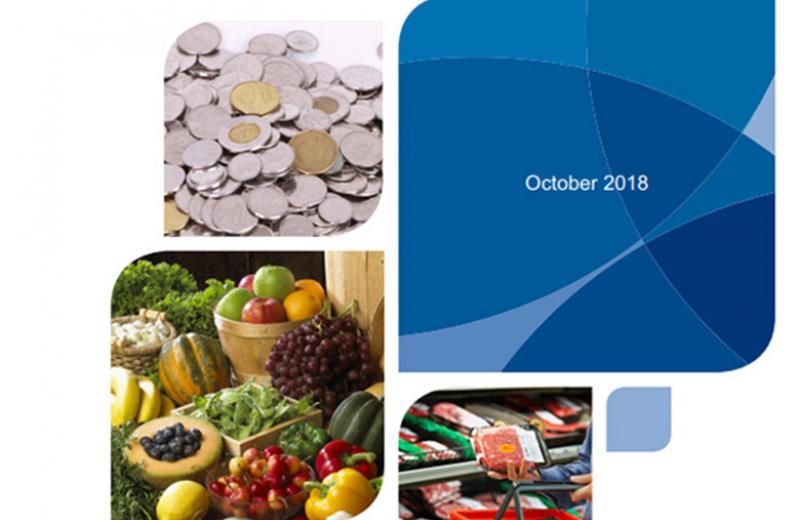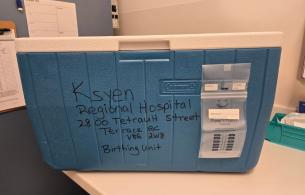How much does it cost for you to put food on your table? Your weekly grocery bill may come to mind, as well as how and where you get your food. But do you also factor in costs like getting to the grocery store?
The cost of a basic, healthy diet
The BC Centre for Disease Control’s latest food costing report was just released. This report shows how much food costs, as well as how much money is required to purchase a basic, healthy diet. The new report shows that:
- Food costs have been rising across BC.
- In northern BC, the average price of a basic, healthy diet is the highest it’s ever been: $1038 per month (for a reference family of four).
Food costs: only part of the story in the north
The true cost of eating, however, involves more than just food prices.
To learn more, I spoke with two community advocates: Stacey Tyers, from Terrace, and Liza Haldane, from Laxgalts’ap, in the Nisga’a valley.
Stacey points out that families in many small northern communities are faced with extra expenses because of long distances to grocery stores. This is the case in Laxgalts’ap, where travel to grocery stores can profoundly impact cost of food.
“Laxgalts’ap is over 300km round trip from the nearest grocery store, so cost of gas is significant,” says Liza. “That is, if you’re lucky enough to have a car.” Those who don’t have a vehicle must pay for a ride, and it can cost up to $200 return – on top of the grocery bill.
The north is also more vulnerable to bad weather and power outages, which can cause food losses.
“Imagine stocking your freezer full of food for the winter, and losing it all when the power goes out,” says Stacey. For many, this would be devastating.
Additional barriers to food access
Other barriers to food access exist for northern families:
- Food travels long distances to reach northern stores - this can impact food quality and quantity.
- Bad weather and road closures can affect food access and availability.
- Shorter growing seasons limit the availability of locally grown foods.
- Hunting, fishing, trapping, and gathering wild foods requires access to land, time, equipment, fuel, and specialized skills.
Access to nutritious cultural foods can be challenging as well, such as fish.
“If you don’t have a boat or money for equipment, it can be hard to access this resource. There are also new limitations on food fishing,” Liza points out. As a result, she feels that “access to food [has become] a privilege… It’s very alarming.”
Rising food costs in BC: those who are hardest hit
In an earlier story, I raised the topic of household food insecurity (HFI), which is when a household worries about, or does not have enough, money to purchase food. HFI and income are closely linked, so increases in food costs have the biggest impact on fixed and low-income households. According to Stacey, “those who have low incomes will be the hardest hit by rising food prices.”
Households who are on a fixed income (e.g. social assistance) and those earning minimum wage spend significantly more of their budget on food compared to median wage earners. And this amount does not include travel to grocery stores. With food costs on the rise, and social assistance and minimum wage set below the living wage, limited food budgets grow even tighter.
Next steps for BC
Northerners are resilient, but we experience additional costs, realities, and barriers to accessing food. HFI is a serious public health issue in the north. The Food Costing in BC report is one advocacy tool - what else is being done?
Stay tuned for my last story in this series, Food security: a call to action














Comments